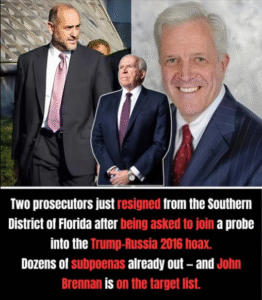🔥 “Deep State Meltdown” or Political Turmoil?
The phrase “Deep State” is often used by conspiracy theorists and populist commentators to describe a supposed hidden network of bureaucrats, intelligence officials, and elites who allegedly manipulate government policy behind the scenes. While there is no factual basis for the existence of such a coordinated entity, the term has gained traction in political discourse—especially during moments of institutional crisis.
In November 2025, several major developments have fueled dramatic narratives:
- The longest government shutdown in U.S. history has paralyzed federal services for over a month.
- Democrats swept key elections in Virginia, New Jersey, California, Pennsylvania, and New York City, signaling a strong backlash against President Trump’s agenda.
- Trump’s social media outbursts have intensified, with all-caps rants blaming Republicans, Democrats, and energy prices for the losses.
🧠 What’s Actually Happening?
Here’s a breakdown of the real events behind the “meltdown” narrative:
1. Government Shutdown Chaos
- The shutdown began over budget disputes and escalated into a partisan standoff.
- Federal workers have gone unpaid for weeks, national parks are closed, and key services are disrupted.
- A bipartisan deal is in the works, but many lawmakers remain dissatisfied.
2. Election Blowback
- Democrats won major races across the country, including the New York City mayoral seat and governorships in Virginia and New Jersey.
- These victories are widely seen as a referendum on Trump’s leadership and the shutdown crisis.
- Trump allies are scrambling to reframe the losses as isolated incidents.
3. Trump’s Online Meltdown
- On Truth Social, Trump posted a series of angry, all-caps messages blaming everyone but himself.
- He claimed Democrats would “quadruple energy costs” and accused Republican candidates of being weak.
- His rhetoric has sparked concern even among some conservative commentators.
🧨 Why “Deep State Meltdown” Is Misleading
- No evidence of a secret cabal collapsing: The term “Deep State” is not recognized by any official body and is not a real institution.
- What’s happening is public and political: The turmoil is driven by visible political actors, not hidden forces.
- Conspiracy framing distracts from real accountability: Blaming shadowy entities avoids confronting policy failures and electoral consequences.
📣 The Power of Viral Language
The phrase “BREAKING SH0CKWAVE” is designed to evoke panic and urgency. It’s a classic example of viral misinformation tactics:
- Sensational headlines: Use of all-caps, dramatic verbs, and vague threats.
- Emotional manipulation: Triggering fear, anger, or outrage to drive engagement.
- Lack of sources: These posts rarely cite credible news outlets or offer verifiable facts.
🛡️ How to Stay Grounded
To avoid falling into the misinformation trap:
- Check multiple sources: Use reputable outlets like AP, Reuters, and BBC.
- Avoid echo chambers: Don’t rely solely on partisan or conspiratorial platforms.
- Think critically: Ask who benefits from spreading panic and what facts are actually available.
✍️ Essay Structure (1000 Words)
If you’re writing a full essay on this topic, here’s a suggested outline:
Introduction
- Define the “Deep State” myth and its role in political discourse.
- Introduce the current events fueling the meltdown narrative.
Section 1: Government Shutdown
- Detail the causes, consequences, and legislative gridlock.
- Explain how this feeds public frustration.
Section 2: Election Fallout
- Analyze the Democratic sweep and its implications.
- Discuss Trump’s response and Republican infighting.
Section 3: Media and Misinformation
- Explore how viral posts distort reality.
- Examine the role of social media in amplifying panic.
Section 4: The Myth of the Deep State
- Debunk the idea with historical and institutional context.
- Contrast with real sources of power and influence.
Conclusion
- Reaffirm the importance of facts over fear.



